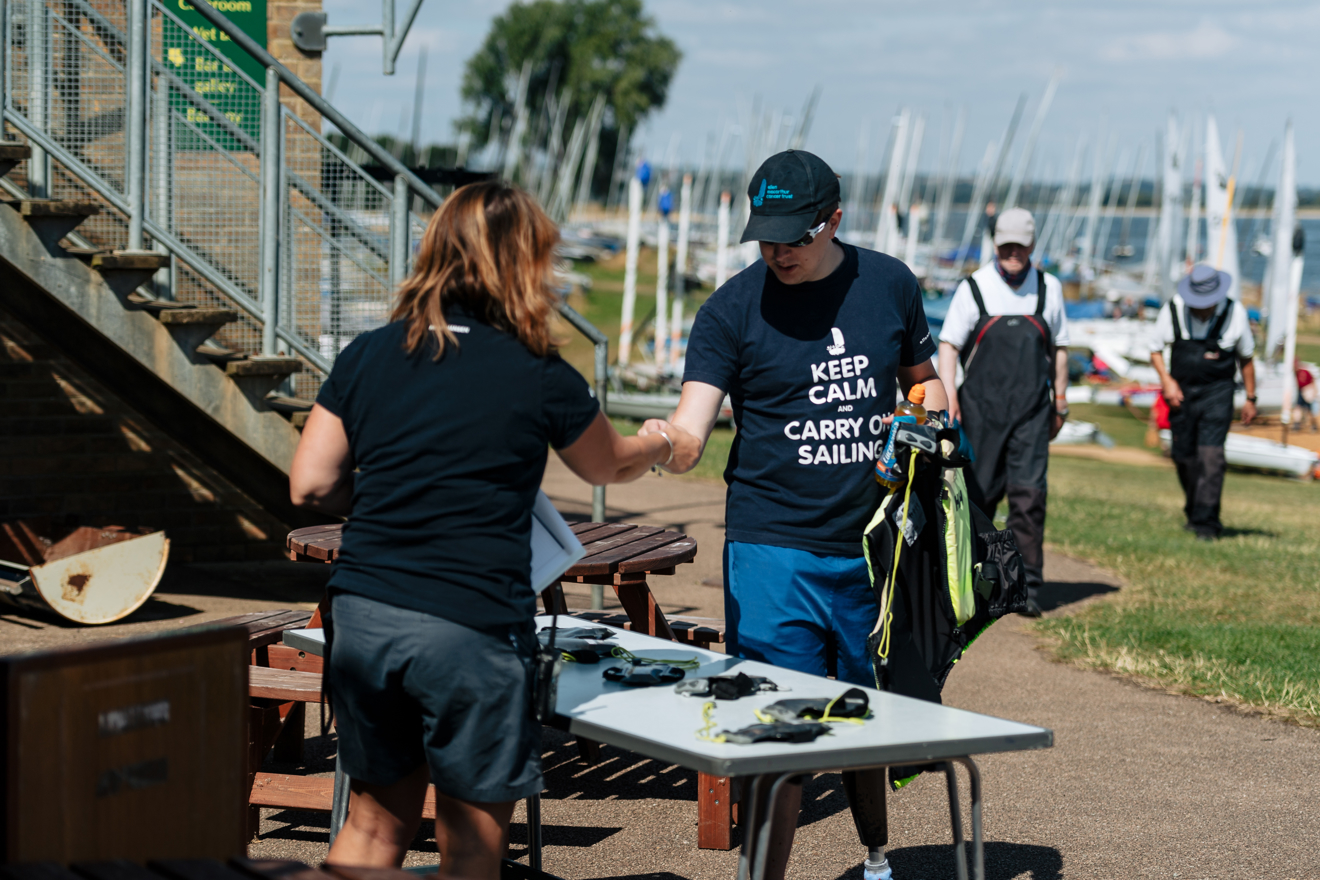RYA Individual Risk Assessment
Supporting Every Sailor's Journey
Everybody should have the opportunity to enjoy the freedom of being on the water, staying active, learning new skills and connecting with others. Making this possible means taking the time to understand and respond to each person’s individual needs so they can participate safely and enjoy their time on the water to the fullest.
The following pre-activity questions help to ensure that hazards and risk have been appropriately identified. Instructors and session organisers have a responsibility not just to manage these risk, but to create a welcoming, inclusive environment where people feel supported.
Questions to ask - Individual risk assessment

How do you recognise when a person's health, fitness or capabilities might be an issue for ongoing involvement?

Do you have a process for assessing the risks involved, identifying the support possible and making decisions about future involvement?

A thoughtful, human approach to risk
To plan well, instructors should take the time to learn about any health or personal factors that might affect participation. This isn’t about ticking boxes, it’s about working together.
Each person’s needs vary, and circumstances like weather, crew composition or equipment may also play a part. By keeping communication open and respectful, instructors and participants can agree a person-led approach to risk management.
Often, information about someone’s needs is shared at the point of booking, either through health notes or a friendly conversation. Not everyone will feel comfortable sharing personal details. A gentle chat can reveal worries that might otherwise go unspoken.
Creating the space for people to express themselves, and listening, helps everyone to feel more confident.
You can download the RYA Individual Risk Assessment graphic here.

Working together to make goals achievable
A good risk assessment should highlight relevant risk factors and consider what reasonable adjustments might help people reach their goals safely. These might include selecting a different type of boat, factoring in a participant’s mobility, or considering how to adapt for a hearing or visual impairment.
Talking about health and risk needs to be done with kindness and discretion. Instructors must balance their professional judgement with the participant’s right to make informed choices about their own experiences.
Risk management isn’t about one person making decisions for another. Everyone involved – the participant, the instructor, and any carers – brings a unique perspective. Sometimes views differ, but with respectful dialogue and consideration, you can find a solution that honours safety and personal choice.
Instructors bring their sailing expertise and knowledge of the venue. Participants bring an understanding of their own strengths, challenges, and ambitions. Together, they can shape a plan that supports a safe and empowering experience.
As a session unfolds, instructors should stay tuned into how participants are feeling, continually communicating and ready to adapt if needed.
And that does not stop once a session ends. A common pitfall is creating a risk plan that isn’t revisited. Taking time to review how things went helps ensure plans stay relevant, effective and person centred.
Let’s help more people discover sailing
If you help run on-water activities and would like support with individual risk assessments, you’ll find helpful guidance and risk assessment templates
